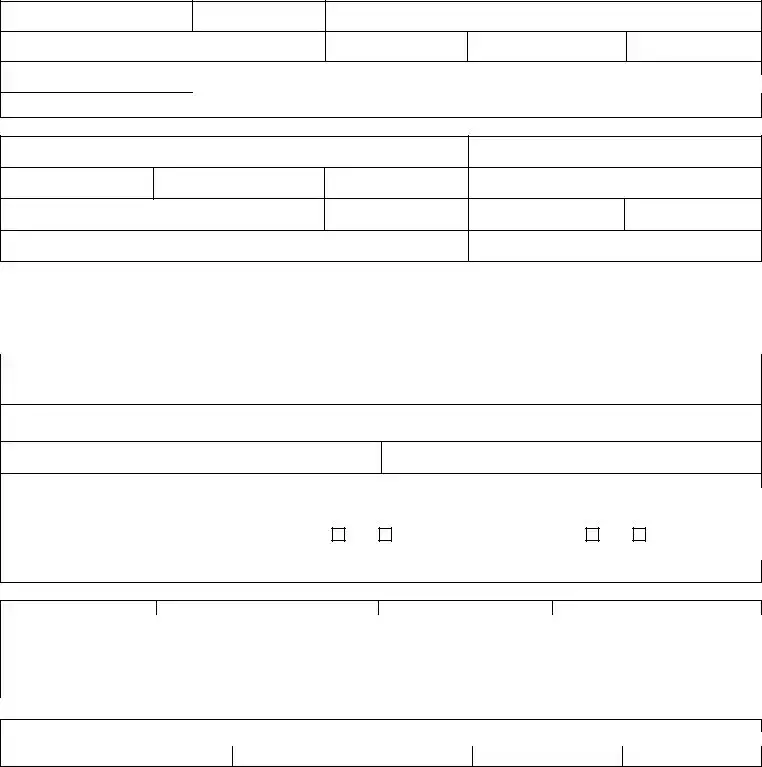Filling out the Michigan WC-100 form, an essential step in reporting workplace injuries, is often fraught with errors, leading to delays or complications in processing worker's compensation claims. One common mistake is providing an incomplete social security number or date of injury. These foundational pieces of information are crucial for accurately identifying the case, ensuring the worker's compensation process moves forward without unnecessary setbacks.
Another oversight is the failure to adequately describe the employee's activity and the circumstances leading to the injury. Section 36 demands a detailed account, yet it is frequently filled with vague or generic statements. This lack of specificity can hinder the understanding of how the injury occurred, potentially affecting the evaluation of the claim.
Incorrectly documenting the date the employee returned to work, if applicable, or omitting it altogether, represents another stumbling block. This information, required in section 26, plays a vital role in determining the duration of disability and the corresponding benefits.
A subtle yet significant error is providing inaccurate wage data. The total gross weekly wage, along with the number of weeks used to calculate this figure, influence the computation of benefits. Disparities in this section can lead to incorrect benefit amounts, either in excess or shortfall, affecting both the employer and employee.
Frequently, the specific location of the injury—required in section 15—is either misreported or not specified with enough detail. This oversight can impede the accuracy of the claim, especially when pinpointing the exact location is critical for assessing the claim's legitimacy or determining if the injury aligns with the reported work environment.
Employers often overlook the necessity of indicating whether the injury occurred on the employer’s premises, as asked in section 32. This seemingly minor detail can massively impact the evaluation of the claim, particularly in disputes regarding the injury's legitimacy or its occurrence during course of employment.
The preparer’s signature, along with the date prepared, often gets neglected. This oversight, found towards the document's end, can nullify the form's validity as it fails to certify that the information provided is accurate and complete. Without this verification, the submission may be considered incomplete, stalling the claim's processing.
Incorrectly identifying the nature of the injury or illness and the part of the body affected, detailed in sections 38 and 39, is another common error. Incorrect or vague information in these sections can obscure the injury's severity and scope, complicating the determination of appropriate benefits.
Not specifying whether the employee was treated in an emergency room or hospitalized as an in-patient, as required in sections 42 and 43, leaves critical information gaps. This information is vital for assessing the injury's severity and the required compensation.
Last, documentation lapses, such as not reporting the injury to the insurance company or failing to maintain a copy of the form for record-keeping, as mandated by the instructions, can lead to administrative complications. These steps are crucial for ensuring all stakeholders are informed and the claim is processed efficiently.

